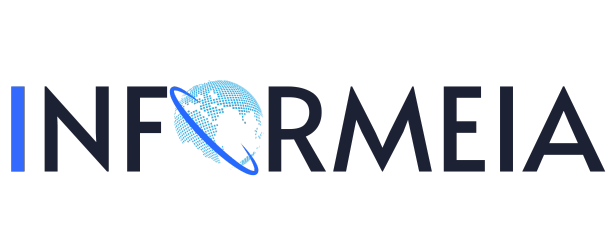A headless CMS is a modern way of building websites, where the content and the presentation are separated. This allows for more flexibility, speed, and performance, as well as the ability to deliver content to multiple channels and devices. However, a headless CMS also requires a different approach to SEO, as it involves more technical skills and customization to ensure that the content is visible and optimized for search engines.
In this article, we will share eight technical tips for your headless SEO implementation, based on the best practices and advice from the experts:
- Create your content model and schema. A content model is a way of defining and organizing your content types, attributes, and relationships. A schema is a way of adding metadata and semantic meaning to your content. Both are important for headless SEO, as they help search engines understand and classify your content. Use Schema.org to create standardized and structured data markup for your content types, and make sure to include all the relevant fields and properties for SEO, such as title, description, keywords, image, author, date, etc.
- Enable dynamic rendering and server-side rendering. Dynamic rendering is a technique that serves different versions of your content to different users, depending on their device and browser. Server-side rendering is a technique that renders your content on the server before sending it to the client. Both are essential for headless SEO, as they ensure that your content is fully rendered and accessible to search engines, especially for JavaScript-based websites. Use frameworks and tools such as Next.js, Gatsby, or Nuxt.js to enable dynamic and server-side rendering for your headless CMS.
- Optimize your meta tags and URL slugs. Meta tags are HTML elements that provide information about your web pages to search engines and users. URL slugs are the part of the URL that identifies a specific page or resource. Both are vital for headless SEO, as they help search engines index and rank your pages, and users find and click on your pages. Make sure to use descriptive and unique meta tags and URL slugs for each page, and include your target keywords and phrases. Use tools such as Yoast or SEO Meta Tags to generate and manage your meta tags and URL slugs for your headless CMS.
- Set up rules for canonical URLs and redirects. Canonical URLs are the preferred versions of your web pages that you want search engines to index and display. Redirects are the instructions that tell search engines and users where to go when a page or resource has moved or changed. Both are crucial for headless SEO, as they help avoid duplicate content issues, preserve link equity, and improve user experience. Make sure to use canonical URLs and redirects whenever you have multiple versions or variations of your pages, or when you update or delete your pages. Use tools such as Redirects or Canonical URL to create and manage your canonical URLs and redirects for your headless CMS.
- Use HTTPS and CDN. HTTPS is a protocol that encrypts and secures the communication between your website and your users. CDN is a network of servers that delivers your content to your users from the nearest location. Both are important for headless SEO, as they improve the security, speed, and reliability of your website. Make sure to use HTTPS and CDN for your headless CMS, and configure them properly to avoid mixed content errors, broken links, and slow loading times. Use tools such as Let’s Encrypt or Cloudflare to enable and manage HTTPS and CDN for your headless CMS.
- Track and audit your SEO performance. Tracking and auditing your SEO performance is a process of measuring and analyzing your website’s visibility, traffic, and conversions on search engines. It is important for headless SEO, as it helps you identify and fix any issues, errors, or gaps in your SEO strategy, and optimize your website for better results. Make sure to track and audit your SEO performance regularly, using tools such as Google Search Console, Google Analytics, or Screaming Frog to collect and analyze your SEO data and insights.
- Adopt omnichannel SEO. Omnichannel SEO is a strategy that optimizes your content for multiple channels and platforms, such as web, mobile, voice, social media, etc. It is important for headless SEO, as it helps you reach and engage more users, and provide a consistent and seamless user experience across different devices and touchpoints. Make sure to adopt omnichannel SEO for your headless CMS, using tools such as Google AMP, Google Assistant, or Facebook Instant Articles to create and deliver your content to different channels and platforms.
- Keep learning and experimenting. SEO is a dynamic and evolving field, with new trends, technologies, and best practices emerging constantly. It is important for headless SEO, as it helps you stay ahead of the curve, and adapt and improve your SEO strategy accordingly. Make sure to keep learning and experimenting with your headless SEO, using resources such as Moz, Search Engine Journal, or Contentstack Academy to stay updated and informed about the latest SEO news and tips.
By following these eight tips, you can optimize your headless CMS for search engines, and increase your website’s visibility, traffic, and conversions. Headless SEO may seem challenging at first, but with the right tools and techniques, you can make it work for your website and your business.

